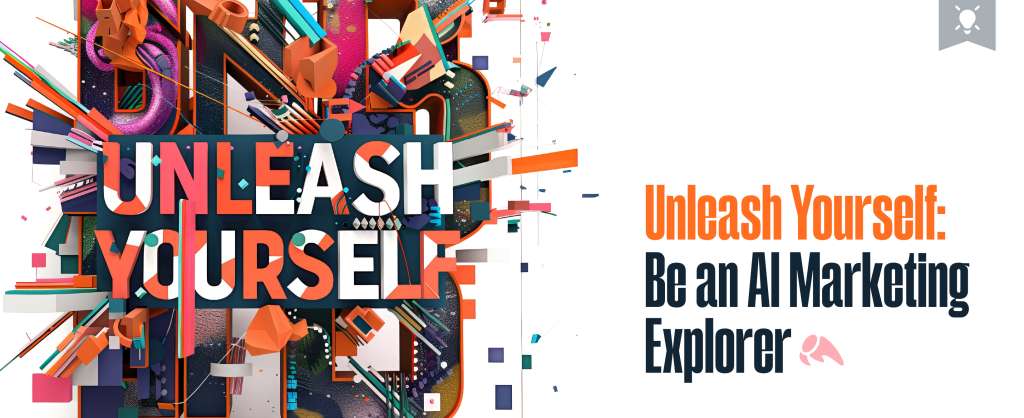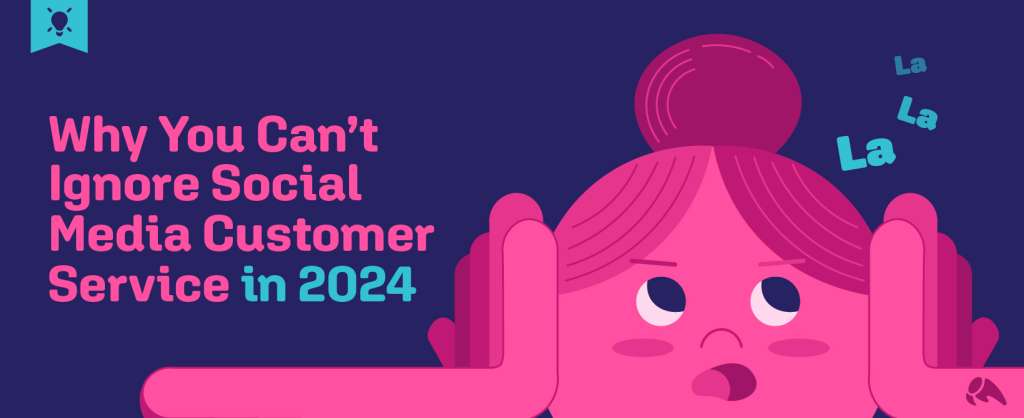
Last week, a few members of the Overit team had the privilege of taking part in the annual WebVisions conference in New York City. I was fortunate enough to be a part of this adventure as well as to repeatedly have my mind blown as we engaged in the many wonderful workshops and presentations given over a three-day period. Our team was exposed to an array of speakers ranging from the Yes Men’s Andy Bichlbaum to extreme media theorist Douglas Rushkoff, from Nishant Kothary’s honey badger personality to Rafa Soto’s comedic display of brilliant brand advertising, and just about everything in between. Needless to say we’ve returned filled with inspiration and a rejuvenated excitement for the creative future that lies ahead of us.
Each presentation aided in expanding your creative outlook. We absorbed plenty of insight regarding technicalities within the creative industry such as the forthcoming CSS Regions landscape, the emphasis on prototyping as a means of eliminating the reliance on written documentation, Adobe’s growing creative cloud and even the maintenance of modular code. Then there was conversation not specifically hinged on the creative process and its results, such as the shift in mindset from “futurism” to “presentism,” the everlasting question of “Why?” and the effort to observe rather than just consume technology’s transformation of media.
While reflecting on the week’s conversations, I began to formulate some overarching takeaways from this year’s WebVisions NYC experience:
Keep Each Other In Mind
It’s becoming increasingly important for designers, developers and strategists to work in teams to build off each other’s knowledge and to push each other’s habits to their breaking points. Gone are the days where designers can effectively create and hand off visuals to developers in order to implement and deploy while content throws in their input in chunks throughout. I’m speaking broadly about the web and application arena. Today, technology’s daily routine revolves around evolution. The methods in which creativity is translated as ideas from one’s imagination to products functioning via users’ fingertips are rapidly optimizing, resulting in the need for efficiency and collaboration on a scale never before seen.
As our team members grow closer we must make an effort to better understand each other’s roles. Yes, developers should be involved in the conceptualization of an idea from the very first meeting. Yes, designers should take the time to engage in CSS and HTML. Yes, projects should breathe through clear and concise content that doesn’t just populate a project, but rather supplies it with texture, meaning and depth.
Every party should make the effort to keep each other in mind as they work to achieve a collective goal. Succeed as one. Fail as one.
Content First, Content Everywhere
We don’t consume information from one specific source, nor do we consume information via one specific device. We are all a part of an information age where we yearn to be up-to-date, to be supplied with the latest, greatest and most relatable data.
Why then would it make sense to treat content as a passenger? We must be considerate to the idea that content is in fact that which drives design and development. If one thing was made certain in all of the WebVisions conversations had, it was that content is often misunderstood or misrepresented. This is done by creative teams as well as by clients who are relying on these creative teams to deliver their message. Content discovery and strategy is an integral process in the digital landscape. It’s a process that requires a message to be delivered effectively on a 70-foot screen as well as a 3-inch screen simultaneously.
In order to successfully visualize a solution, one must know the problem being solved. In order to build a successful brand, one must be able to tell the story behind the brand. In order to conceptualize a “responsive,” “search-friendly,” “accessible,” (insert your buzzword here) presence in the digital realm, one must focus first on understanding the content being delivered and then how this content is going to exist in an evolving environment. Make it a priority to emphasize the fact that every piece of content should be doing something. It is then that you’ll see projects successfully growing, deploying and influencing people like you’ve never witnessed before.
The Power of Prototyping
If you don’t already, you should be prototyping. When planning the structure of a website or application it might seem important to capture ideas in the form of written documentation and/or wireframes. Documentation and supporting wireframes are decent ways to lay the groundwork for a project, however spending too much time on these items can be detrimental to the outcome. Instead, spend more time prototyping.
Should the visual be built in two or three columns? Should the navigation be formed in one fashion or another? Should this button prompt the user? Should this content scale in a specific fashion?
These questions are dynamic, and therefore should be addressed dynamically. By approaching these questions in pixel perfect mocks or a series of black and white layouts you’re simply spending time looking for a result rather than saving time and achieving the desired result. You’ll find prototyping alleviates the anxiety and unnecessary labor of explaining conversations revolving around notions like “responsive,” “mobile,” “budget-friendly” and more. Don’t just talk to your client or audience. Show them. There’s nothing more valuable to your team and your client early on than validation.
Refreshing and inspiring, WebVisions proved to be an excellent learning experience, and these are just a few takeaways. For more, I can only recommend you join us next year! Whether you’re just beginning work with the web or an experienced vet, WebVisions will certainly prove value. I promise.







